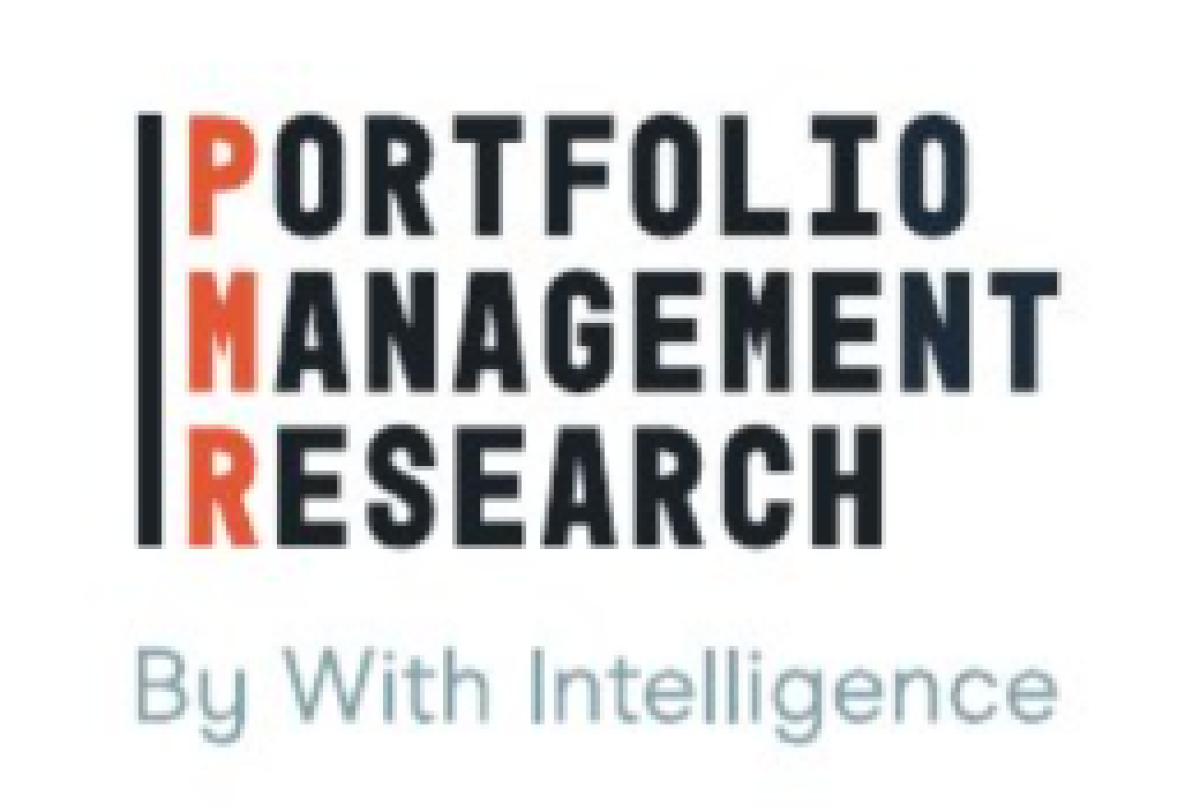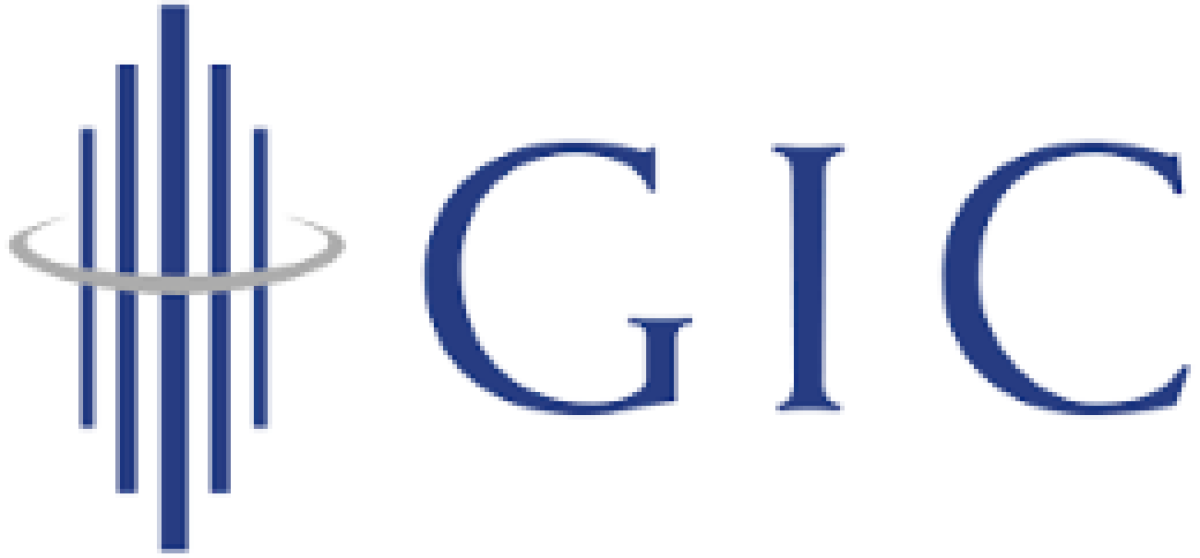Andrew Ang is the Head of Factor Investing at Blackrock and formerly a prolific research academic at Columbia University. Andrew has long been known as a factor investing guru and advocated for reverse engineering portfolio construction techniques around factor exposures instead of asset classes. But a residential consultancy in CPP Investments is ultimately what led to both CPP Investments acceleration to TPA and Andrew’s seminal work on the subject in 2016.
Authored by John L. Bowman, CFA
In 1806, American Frederic Tudor famously sailed to the French Antilles to sell ice to the Martinique islanders. Having experienced refreshing cold drinks and ice cream during New England summers, he thought, why not bring Long Island Ice Teas and Cookies & Cream decadence to the much more sweltering Caribbean climate?
The business model seemed sound, but it was a colossal failure. Having never experienced a cold drink or treat before, the Martinicans couldn’t grasp the benefit of ice. Their only frame of reference was warm drinks. Further, Tudor underestimated the system switching costs of such a radical turn. Where and how would the ice be stored? How would the ice survive transit? Where would they source and manage other ingredients? The infrastructure and mindset of a transition of this magnitude quickly destroyed the enthusiasm of the young entrepreneur. Tudor missed the brilliance taught in the iconic parable; a fish doesn’t know they’re in water.
This system inertia is particularly strong in investment portfolio construction. Since the arrival of Modern Portfolio Theory in the early 1950’s and all its trappings: mean-variance optimization, strategic asset allocation (SAA), asset class taxonomy and diversification, and benchmarking, the industry has increasingly anchored itself to this philosophy. While progressive voices of dissent have arisen from time to time, the apparatus has perpetuated this worldview. It’s the water we swim in.
Most investment committees oversee and monitor an SAA. Performance reporting, compensation, and risk management systems are built around asset class buckets. The investment consulting business exists to help source and optimize the filling of those buckets. Business schools and professional designations (CAIA included) organize their curriculum around asset classes. And even our organizational charts and professional development paths are structured around asset class and sub-asset class specialization.
In recent years, however, an enterprising handful of large institutional asset owners have begun challenging the common wisdom of an SAA approach given it tends to breed silo behavior, unhealthy competition for resources and attention, unrecognized duplication or disjointed risk exposure across the portfolio, and difficulty in managing the capital pool holistically around a view of the future. As CAIA underscored in our recent report, A Renewed Professionalism, asset classes should be a residual, not a starting point to constructing portfolios. By not doing so, proponents claim we may be leaving 100-300 basis points of performance on the table.
This alternative approach is commonly called Total Portfolio Approach (TPA) or Total Fund Management (TFM). GIC, the Singaporean sovereign wealth fund, described it is as the fourth realm of portfolio construction evolution that follows 1. the Norwegian Model (60/40), 2. Endowment Model (substantial private capital allocation) and 3. Original Canadian Model (empowered governance and opportunity cost across asset classes.) Geoff Rubin, Senior Managing Director of Total Portfolio Management of CPP Investments aptly defines TPA this way, “One unified means of assessing risk and return of the whole portfolio.”
Because we are still in the formative stage of its development, the flavors of TPA are quite diverse. Some funds effectively run a macro hedge fund on top of the SAA to ensure that desired factor exposures and tactical capital market expectations are reflected. This approach rarely interferes with the asset class team positions and consists of utilizing derivatives and/or a small pool of liquid capital to more dynamically tilt or “complete” the portfolio to the desired mix. CPP Investments, Future Fund, and NZ Super have gone further and abandoned the policy portfolio, the typical north star of the SAA process, and instead reversed engineered around risk factors, drivers, and/or premia that ultimately determine their asset class weights. GIC adds another layer of “Alpha/Beta decomposition” to ensure that the highest conviction views across the total portfolio are properly understood and applied.
Regardless of the variation, for TPA to be successful, it must carry a few common elements.
-
First, investment committee governance must shift towards stewarding a risk budget rather than an asset allocation, and therefore more deeply empower the CIO office. This can come in various forms but is commonly reflected in a reference portfolio that publicly memorializes the level of appetite for “risky” or equity-like assets.
-
Second, the CIO must nurture a collaborative and joined-up culture across the investment teams. The most important and difficult step to codify is the change in the state of mind, stated NZ Super in our discussions. Because most TPAs will retain some form of asset class specialists, it is especially challenging and important to design compensation programs that reward individuals for both their role and the success of the total fund. After all, as economist Steven Landsburg wrote, “People respond to incentives, the rest is commentary.”
-
Finally, because risk exposures transcend asset classes in assembling the portfolio, benchmarking against a traditional SAA passive portfolio no longer makes sense. Most of these funds have moved to an absolute benchmark of core inflation plus. The excess return on top of inflation yields a real return expectation that reflects both the risk appetite and the long-term liquidity and growth expectations for the underlying beneficiaries. Said more candidly, the benchmark reflects client needs rather than an academic capital market expectation exercise.
The Thinking Ahead Institute summarizes the differences quite helpfully in the following table:

Source: Thinking Ahead Institute: An innovation network founded by WTW
While most will intellectually assent to the superior culture, governance, and toolset that TPA offers over SAA, the rate of change will likely be glacial. Job security, board dynamics, and the collective industry atrophy explained earlier will likely result in a preference towards maintaining the path of least resistance for some time. But we agree with Rubin that, albeit at different speeds, all funds will begin the climb "up the pyramid” from mean-variance optimization tradition to the “enlightened state of factor optimized portfolios.”
Back to our enterprising friend. By the 1840s, Tudor’s ice was shipping to Calcutta, Rangoon, Singapore, Hong Kong and Rio de Janeiro, and Tudor was known world-wide as the “Ice King.” Four decades of persistence and innovation and his time had finally arrived. What will be TPA’s glide path?
CAIA Association will continue our global tour and conversation on this subject and will write much more extensively in both the curriculum and thought leadership soon. We welcome your input and counsel as we continue this journey.






